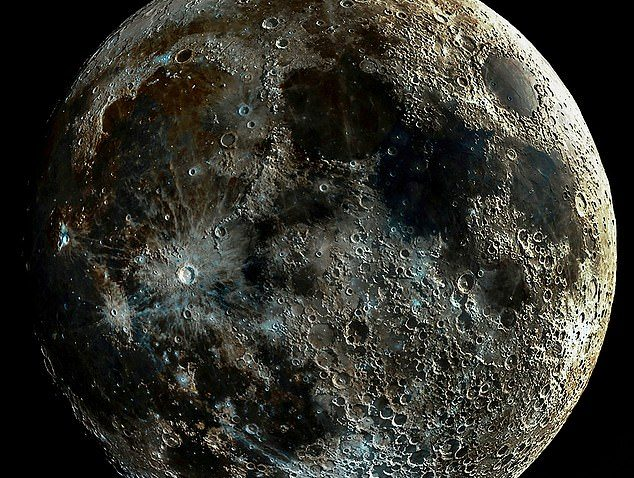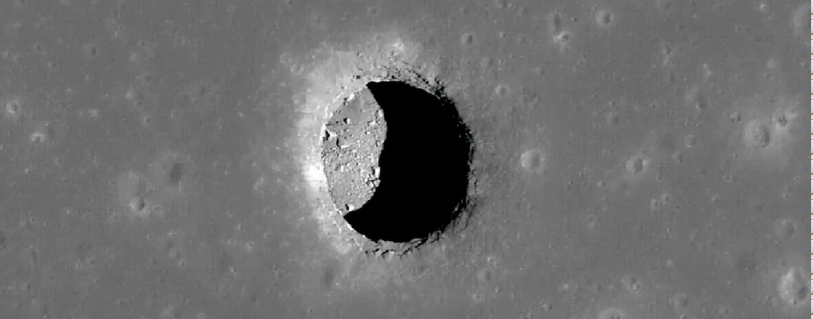'Alien' Lunar Craters May Contain Livable Temperatures

The temperature on the moon can vary from boiling to freezing between day and night, but scientists believe that there may be craters and caverns protected at a very reasonable temperature.
In such spots, the temperature hovers around 17 degrees Celsius, according to new calculations. And they could be the ideal sites for setting up base camps to explore the rest of the lunar surface.
It may also provide some protection against small meteorites and even harmful solar radiation from the sun. With a comfortable base, future lunar settlers can focus on other pursuits — like growing crops for food or doing research.

"Humans evolved living in caves, and we may go back to caves when we live on the moon," says planetary scientist David Page of the University of California, Los Angeles (UCLA).
And we've known about craters on the moon for several years. The researchers used images captured by NASA's Lunar Reconnaissance Orbiter (LRO) - specifically the thermal camera of the Diviner lunar radiometer experiment - to attempt to measure the temperature inside a crater in the Mare Tranquillitatis region of the Moon.
Using computer models to analyze the thermal properties of rocks over time, the researchers calculated that the sunlit part of the crater could retain heat hotter than the surface, up to 300 degrees Celsius.
In the close shadows, however, the trapped warmth can turn the freezing cold temperatures into something a bit more temperate and keep it there until after the sun goes down. The next question is whether those overhangs have enough room for a community of explorers to congregate. Imagery footage from space suggests that some do - and, in fact, this is the case on Earth, where tunnels leave behind molten lava flowing below the surface. Some of the craters could be collapsed lava tubes.
Part of the research involved aligning and classifying multiple images, removing inconsistencies so the team could estimate the temperatures of individual pixels in the images captured by LRO.

"Because no one else had looked at objects this small with Diviner, we found that she had a little bit of double vision, which caused all of our maps to be a bit blurry," says planetary scientist Tyler Horvath, also of the University of California, Los Angeles.
Each day and every night on the moon lasts about 15 days on Earth, and temperatures range from about 127 degrees Celsius (261 degrees Fahrenheit) during the day to about minus 173 degrees Celsius (minus 279 degrees Fahrenheit) at night.
Both people and equipment will need to be protected from these extremes during long-term lunar research projects, which will be a major engineering challenge.
NASA plans to explore the area further during its proposed Moon Diver mission, which will see the rover zip into Mare Tranquillitatis Crater and check for any cave networks that might be connected to it.
"Lunar craters are a fascinating feature on the moon," says planetary geologist Noah Petro, of NASA's Goddard Space Flight Center in Maryland. Perhaps knowing that they create a stable thermal environment will help us paint a picture of these unique lunar features and possibly explore them one day.”
Source:websites

